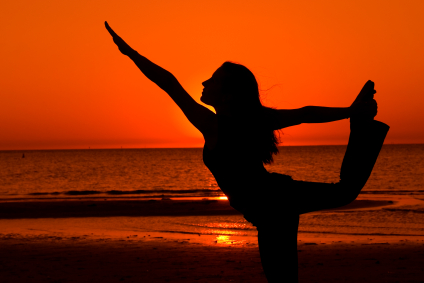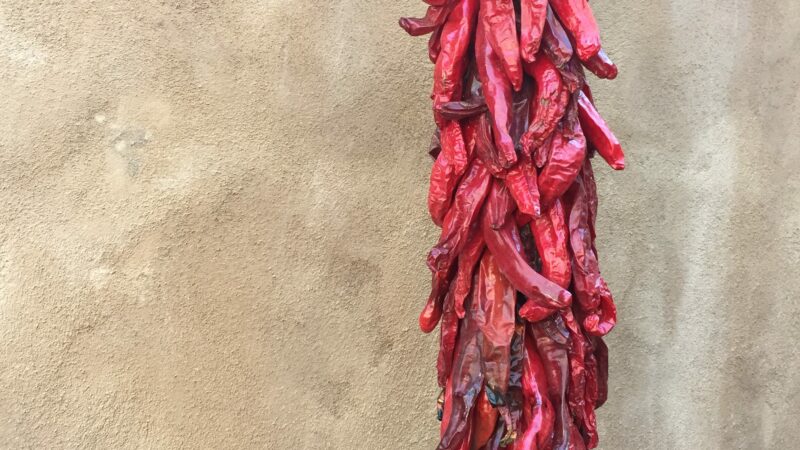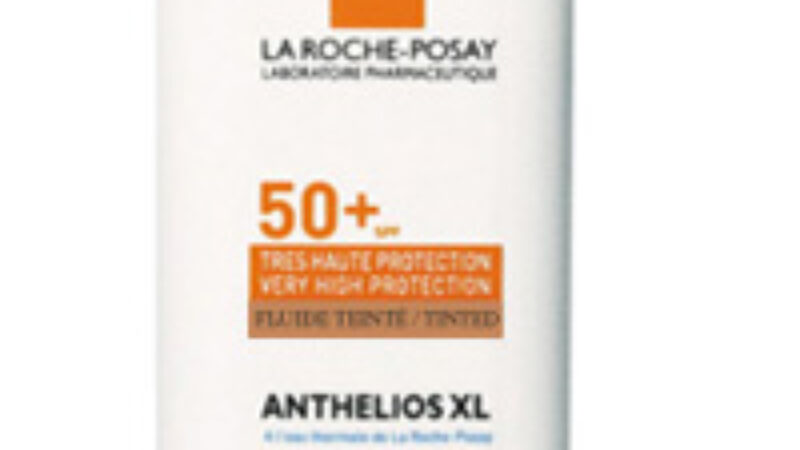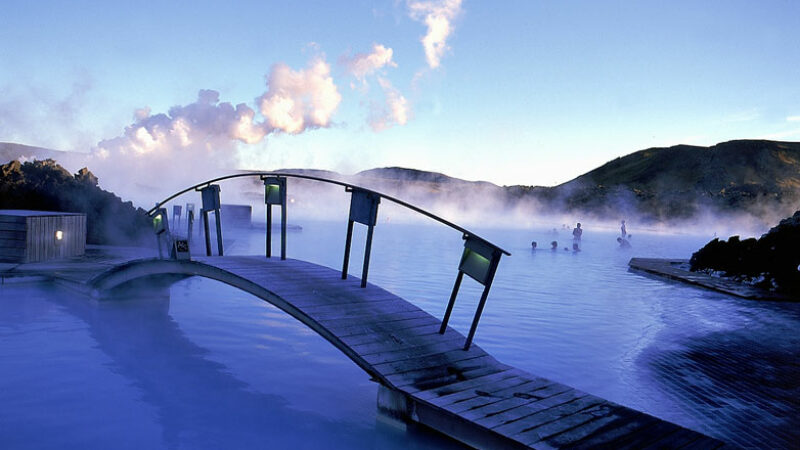Society today regards a beautiful woman as one with youthful, unlined skin accompanied by large breasts with curvy (but not too large) hips to match.
Yet it’s interesting to note that ‘beauty’ has changed over the ages, reflecting that perhaps the idea of what is beautiful today is just a trend that will change as time goes on.
Consider that in ancient China, a 4-inch “lotus foot” was considered a sign of perfect beauty. Achieved by foot-binding, it involved breaking the bones of the forefoot and folding them forward, then tying the misshapen appendage to prohibit growth. This practice resulted in severe pain, imbalance and falls to affected women. And in fact, osteoporosis eventually ensued because women were unable to bear weight and move properly. Hip and knee osteoarthritis, chronic pain, and even joint replacement surgery were also experienced.
The ancient Romans, Egyptians and Persians considered sparkling eyes to be beautiful and the heavy metal antimony was used to make their eyes sparkle. Antimony is a toxic chemical that has side effects similar to arsenic – headache, dizziness, and depression. Larger doses cause violent and frequent vomiting, leading to death in a few days.
During the Elizabethan era, women covered their skin with lead-based makeup, which caused peripheral neuropathy, gout, anemia, chronic renal failure, and disfiguring scarring, requiring the application of more lead-based makeup. In fact the use of lead-based makeup resulted in the misshapen appearance of Queen Elizabeth I, who banished all mirrors from her castle due to her upset over her appearance.
In France during the 16th and 17th centuries, wealthy women used belladonna to dilate their pupils. This gave users an “attractive” doe-like appearance. The unfortunate side effect was retinal damage, glaucoma, and blindness. Vermilion rouge, used during the 18th century, resulted in loss of teeth, gingivitis as well as kidney and nervous system damage from mercury.
During the Victorian era, a modest, natural beauty, restrained and without makeup was advocated. Cosmetics were used sparingly – colored makeup being reserved for prostitutes and actresses, who wore it only on stage. Hygiene and health were emphasized and women were warned against the toxic qualities of lead-based cosmetics.
The Roaring Twenties symbolized the growing freedom of women as they started taking beauty cues from film stars. Heavy makeup came back into vogue – rouge and painted lips were very much in style. And in the 60s there was only one makeup look: dark eyes paired with pale lips (or, by the late ’60s, no makeup at all).
Beauty is also cultural. Consider that in some cultures (Hawaiian royalty, for example) that women were force-fed excessive quantities of food to maintain their corpulence, a sign of fertility and power.
Conversely today in the Western world, many women diet, induce vomiting, abuse laxatives, and exercise excessively to lose weight. As well, we increasingly seek out cosmetic procedures to look more youthful. All in the name of beauty.
Consdering what we make of history, what will history make of us?





I think all women should just feel beautiful the way that they were brought into this world. Beauty can be anything that you wish for it to be…it doesn’t matter what size of jeans you wear, how small your nose is, how defined your cheeks are, how tall you are and what colour your skin is. EVery single woman on this planet is beatiful and I hope they all know it!!!!!